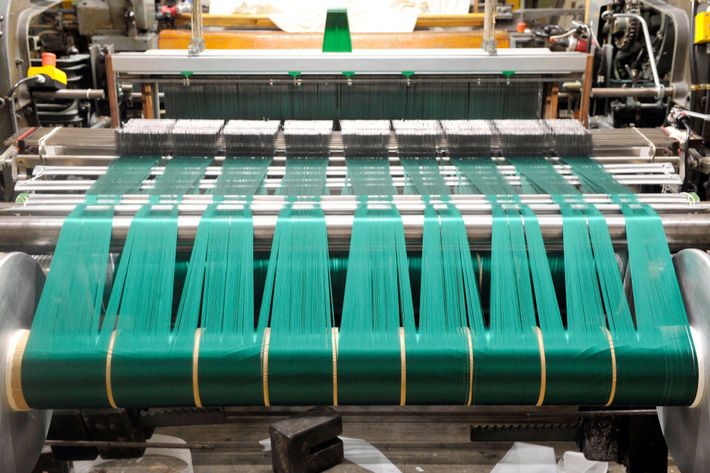$1.3 bn spent to aid Cambodia's industrial development policy

Four primary measures supported by development partners include lowering electricity prices, the preparation of the master plan for the development of transport and logistics systems, strengthening the labour market and detailing the master plan to transform Preah Sihanouk province into a model multi-purpose special economic zone, the latter of which received the most support—$9 38.5 million.
The government has begun delegating assessments on trends and changes in regional and global architecture in the socio-economic and political spheres, ministry of economy and finance undersecretary of state Huot Pum said at a recent discussion on the mid-term review report for the policy’s implementation. This was necessary to revise the vision, goals and objectives of the IDP policy accurately, he said.
“The Supreme National Economic Council has been working diligently, with the participation of many stakeholders, to revise the IDP policy,” Pum, who is also a senior official in the council, said.
UN Industrial Development Organisation (UNIDO) representative Sok Narin said that the Council for the Development of Cambodia (CDC) has been working closely with the UNIDO working group on the development of a monitoring and evaluation framework and the mid-term review of the IDP, according to a report in a Cambodian newspaper.
Analysis of the outcomes of the IDP policy shows that the industrial sector’s share of the gross domestic product (GDP) increased from 27.7 per cent in 2015 to 34.2 per cent in 2019, which is 30 per cent higher than the target set for 2025.
The manufacturing sector’s share of the GDP, on the other hand, grew slower than expected, rising from 16 per cent in 2015 to 16.3 per cent in 2019, with a target of 20 per cent for 2022.
Fibre2Fashion News Desk (DS)
































-Ltd..jpg?tr=w-120,h-60,c-at_max,cm-pad_resize,bg-ffffff)





.jpg?tr=w-120,h-60,c-at_max,cm-pad_resize,bg-ffffff)
.jpg?tr=w-120,h-60,c-at_max,cm-pad_resize,bg-ffffff)






